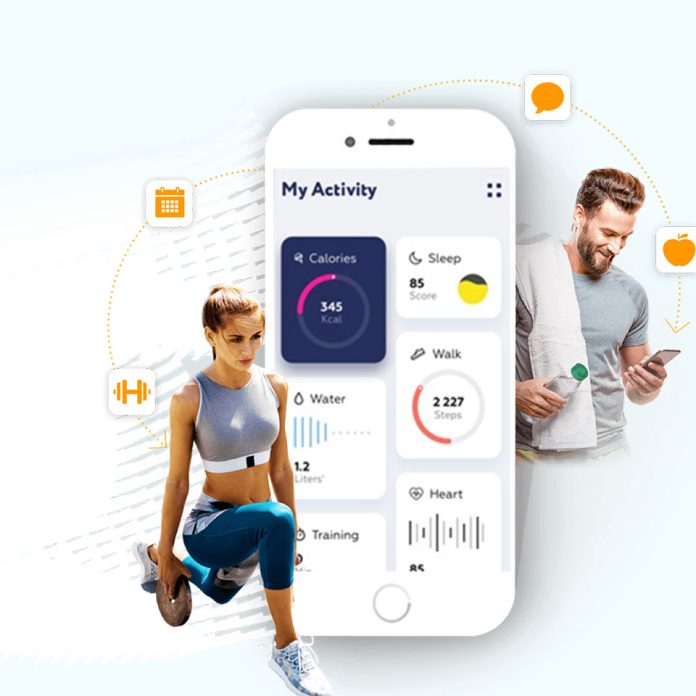In recent years, there has been a significant surge in the development and use of nutrition apps, driven by an increasing awareness of the importance of healthy lifestyles. To stay ahead in this dynamic field, healthcare solutions developers are integrating various technologies to enhance user experience, provide personalized recommendations, and promote overall well-being. This article explores the use of different technologies in the development of nutrition apps.
-
Table of Contents
Artificial Intelligence (AI)
Artificial intelligence solutions providers enables intelligent data analysis and personalized user experiences in the nutrition apps. Natural Language Processing (NLP) allows apps to understand and respond to user queries, making it easier for individuals to find relevant information. AI algorithms can analyze dietary habits, preferences, and health conditions to provide tailored nutritional advice. Chatbots powered by AI can engage users in real-time conversations, offering support and guidance on dietary choices.
-
Machine Learning (ML)
ML algorithms are used to analyze vast datasets, helping nutrition apps generate accurate predictions and recommendations. For instance, ML consultants can help app developers to predict personalized meal plans based on users’ dietary history, preferences, and health goals. As users interact with the app, ML models can continuously adapt, refining recommendations for better accuracy over time. ML is also utilized in image recognition for food logging, enabling users to track their nutritional intake by simply taking pictures of their meals.
-
Internet of Things (IoT)
IoT technologies enhance the connectivity and data collection capabilities of nutrition apps. Smart kitchen appliances, wearable devices, and fitness trackers can seamlessly integrate with nutrition apps, providing real-time data on users’ physical activity, sleep patterns, and more. This information enables apps to offer more precise nutritional advice, aligning dietary recommendations with users’ actual lifestyles.
-
Blockchain Technology
Blockchain can be employed to enhance the security and transparency of nutrition apps. By using decentralized ledgers, users can have greater control over their health data, ensuring the privacy and integrity of their information. Additionally, blockchain can facilitate the creation of decentralized marketplaces for nutritional products, fostering trust between users and suppliers.
-
Augmented Reality (AR) and Virtual Reality (VR)
AR and VR technologies contribute to user engagement and education within nutrition apps. AR can overlay nutritional information on real-world objects, helping users make informed choices while shopping or dining out. VR, on the other hand, can create immersive experiences for users, such as virtual cooking classes or simulations of healthy eating scenarios, making the learning process more interactive and enjoyable.
-
Big Data Analytics
The abundance of data generated by users of nutrition apps can be harnessed through big data analytics. Analyzing this data can unveil trends, correlations, and insights that contribute to the continuous improvement of the app. It also allows developers to identify patterns in users’ behavior, leading to more accurate and personalized recommendations.
-
Summing up
In the fast-evolving landscape of nutrition apps, the integration of advanced technologies is pivotal for delivering meaningful and personalized experiences to users. AI, ML, IoT, blockchain, AR, VR, and big data analytics are just a few examples of the innovative tools developers can leverage to create powerful, user-centric applications that empower individuals to make informed and healthier choices in their daily lives. As these technologies continue to advance, the future of nutrition apps holds exciting possibilities for enhancing the well-being of users worldwide.












